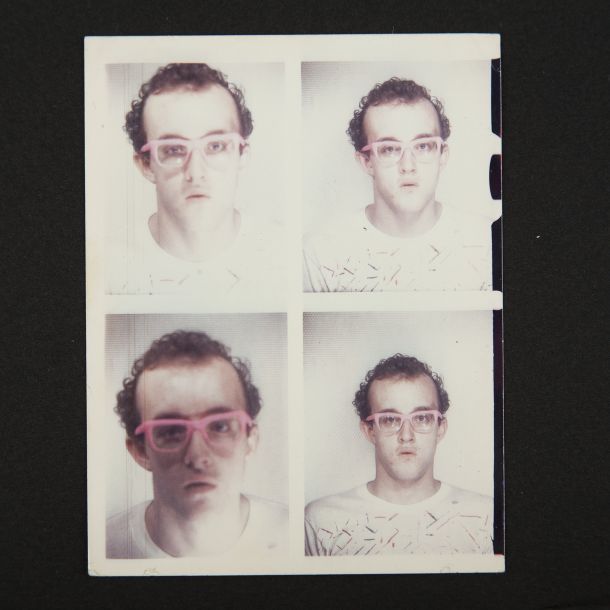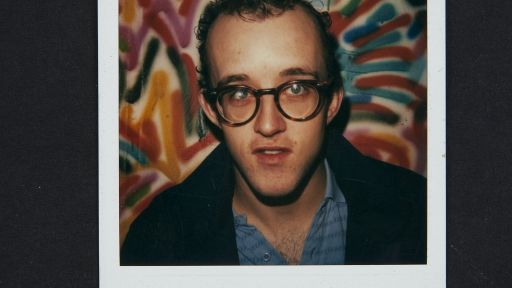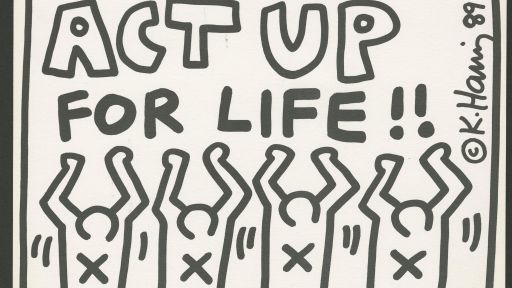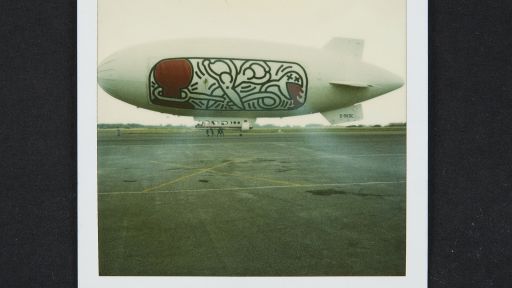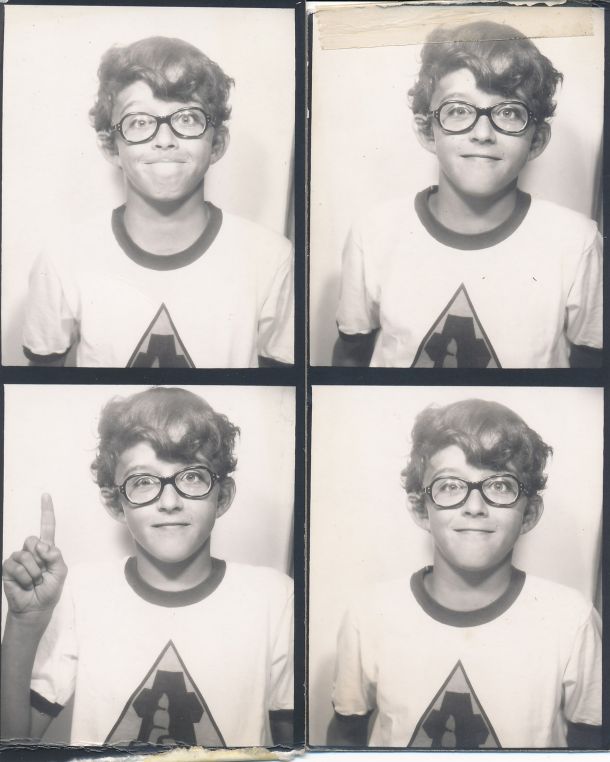
Black and White polaroids of Keith Haring as a young boy. Photo: Allen Haring c/o The Haring Foundation.
Between 1980 and 1990, Keith Haring established himself as an art world celebrity and pop culture icon with a distinctive and instantly recognizable style that came to define the decade. “Art is for everyone,” he said, and matched his critical and commercial success with a mission to make his work as accessible as possible.
Born on May 4, 1958, in Reading, Pennsylvania and raised in nearby Kutztown, Haring developed a strong interest in drawing from a very young age. He was influenced by Disney, the Peanuts, Dr. Seuss and his father Allen, a keen amateur cartoonist. A conventional middle-class childhood was followed by a teenage curiosity that drew him first to religion, and then the counter-culture. He joined the evangelical Jesus Movement but gave that up for drugs and the Grateful Dead, hitchhiking across America, making and selling T-shirts on the way. He was, however, still passionate about drawing. After graduating high school, he enrolled in the Ivy School of Professional Art, Pittsburgh but quickly discovered he had no desire to become a commercial graphic artist. He dropped out and in 1978 moved to New York where he joined the School of Visual Arts as a scholarship student.
New York was transformative for Haring. Home to new wave and punk, the underground downtown art and music scene was raw and bursting with dangerous possibility, and Haring immersed himself in it. He became a fixture at Club 57, where he organized shows, made friends and creative connections with fellow artists like Kenny Scharf and Jean-Michel Basquiat, and experienced his identity as a gay man in an environment that celebrated queer culture rather than vilifying it. Critically, New York also exposed Haring to graffiti. Targeted by the authorities and overlooked by the art world, Haring greatly valued its technical mastery and direct connection to the public. Graffiti inspired his own efforts, made with white chalk on empty black advertising panels in the subway. He called the New York subway his “laboratory,” experimenting with ideas and form through the hundreds of drawings he made there over a five-year period.
At the start of the new decade, the “Times Square” and “New York New Wave” shows heralded the arrival of a new generation of artists challenging the establishment. Haring was featured in both, and in 1982 had his first major solo exhibition in SoHo, the establishment’s very heart. A critical triumph, it received prime time news coverage and brought Haring national attention. Success at home led to demand abroad and Haring began showing in galleries and on streets all over the world.
Alert to the branding potential of his iconic style, major labels came calling, and Haring responded. He painted a BMW, designed Swatches and contributed work for an Absolut Vodka advertising campaign. Encouraged by Andy Warhol, in 1986 he opened The Pop Shop in SoHo, which sold his own designs on T-shirts, badges, watches, magnets and prints for everyday prices. Much of the art world was appalled, but Haring argued art shouldn’t be the preserve of the wealthy. He continued to make public works, painting over fifty vast public murals (often in hospitals and children’s centers) in Melbourne, Paris, Pisa, Monaco, Barcelona, on the Berlin Wall, and in Philadelphia, New York and Chicago. Perhaps uniquely for an artist of his fame and caliber, Haring was particularly committed to encouraging art among the youth. His work was particularly appealing to children, and in turn, he derived profound joy from interacting with them. He conducted numerous children’s workshops and in 1986, invited 900 inner-city high school students to help create a 10-story-high banner of the Statue of Liberty for its centennial celebration.
In 1988, Haring was diagnosed with AIDS. He began to work harder than ever and in 1989, established the Keith Haring Foundation to raise money for AIDS organizations and children’s programs. He also demonstrated publicly against the stigma and prejudice associated with the disease, which he had personally experienced. Social messaging and campaigning was not new to him; earlier in the decade he had made anti-apartheid and anti-nuclear posters, while one of his most famous murals, “Crack is Wack,” warned against the dangers of crack cocaine.
On February 16, 1990, aged 31, Haring died of AIDS-related complications. A few months later, more than a thousand people attended his memorial service at the Cathedral of St. John the Divine in New York City. His art was shown in over one hundred group and solo exhibitions during his lifetime and he continues to be celebrated as a major artist today, with works on display in exhibitions and museums around the world.
SOURCES:
Art is for Everybody: The Legend of Keith Haring – BBC/PBS Treatment
http://www.haring.com/!/about-haring/bio#.XoYZY257nOQ
https://walkerart.org/magazine/politics-keith-haring-2
https://artist.christies.com/Keith-Haring–25969.aspx
https://www.mutualart.com/Article/-New-York-New-Wave-/C127DE8F9FAD8B59
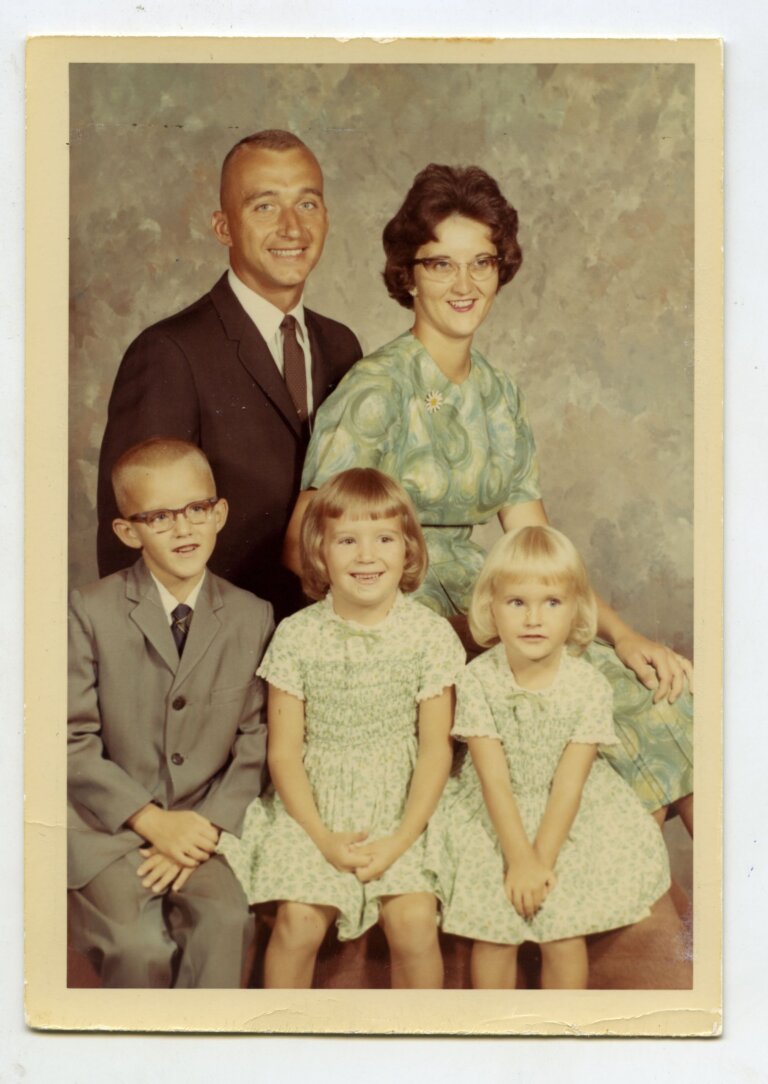
Early life
Born in Reading, Pennsylvania, Haring is raised in nearby Kutztown, Pennsylvania.
Keith has three younger sisters: Kay, Karen and Kristen. He attends Kutztown Elementary.
Young Haring has a paper route. His family attends the United Church of God.
Father Allen Haring works as a manufacturing supervisor at AT&T, and amateur cartoonist. Mother
Joan is a housewife. Haring
develops a love for drawing at a very early age, learning basic cartooning skills from his father and
from the popular culture around him, such as Dr. Seuss and Walt Disney.
Teenage Haring gets involved with the Jesus Movement, an Evangelical Christian movement, whose
members were called Jesus people, or Jesus freaks. Jesus people had a strong belief in miracles,
signs and wonders, faith, healing, prayer, The Bible, and powerful works of the Holy Spirit. Many
Jesus people lived in communes.
Haring is, for a short time, a faux hippie; experiments with drugs, hitchhikes across America selling Grateful Dead and anti-Nixon t-shirts that he makes.
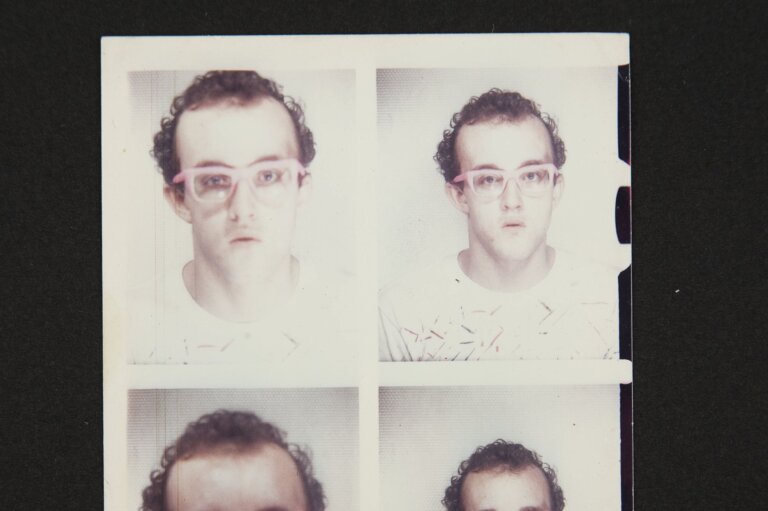
Art School
Haring graduates high school and enrolls in the Ivy School of Professional Art, Pittsburgh, a commercial arts school. Haring soon realizes he has little interest in being a commercial graphic artist and after two semesters, drops out. He continues to study and draw on his own.
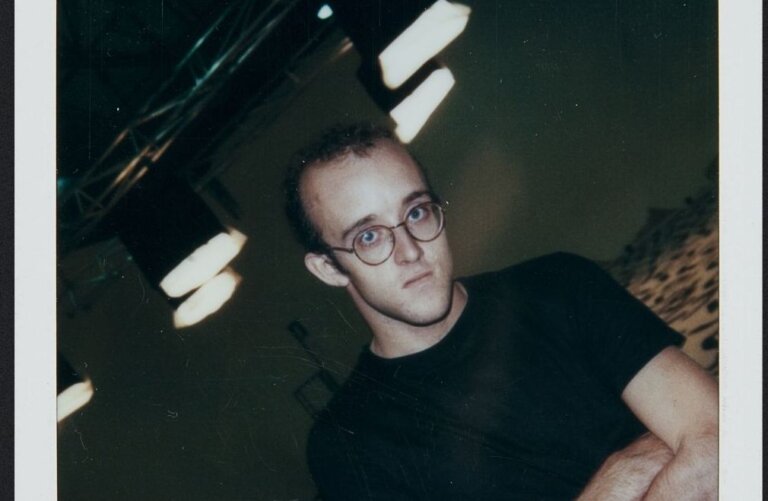
First solo show
Haring has his first solo show at the Pittsburgh Center for the Arts, aged just 19.
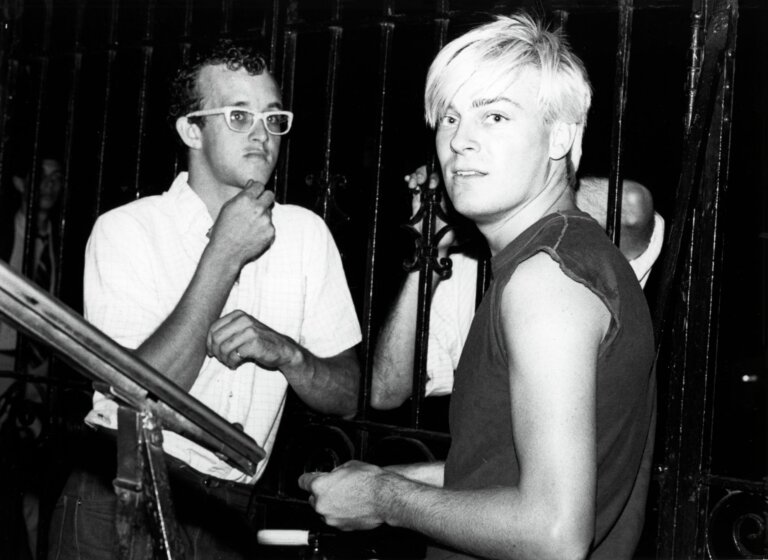
Move to New York
Haring moves to New York and enrolls in the School of Visual Arts (SVA). He makes friends with fellow SVA student Kenny Scharf. In downtown NYC, Keith gets involved in the thriving alternative art community outside the gallery and museum system, in the streets, the subways and clubs like Club 57, Mudd Club and CBGB’s. He meets and becomes friends with musicians, performance artists and graffiti artists like, Jean-Michel Basquiat, Lee Quinones, LA II, Fab Five Freddie and Madonna. He also makes friends with Andy Warhol.
Time Square Show
Haring exhibits at the Times Square Show, a seminal show for emerging downtown artists (Basquiat also shows there).
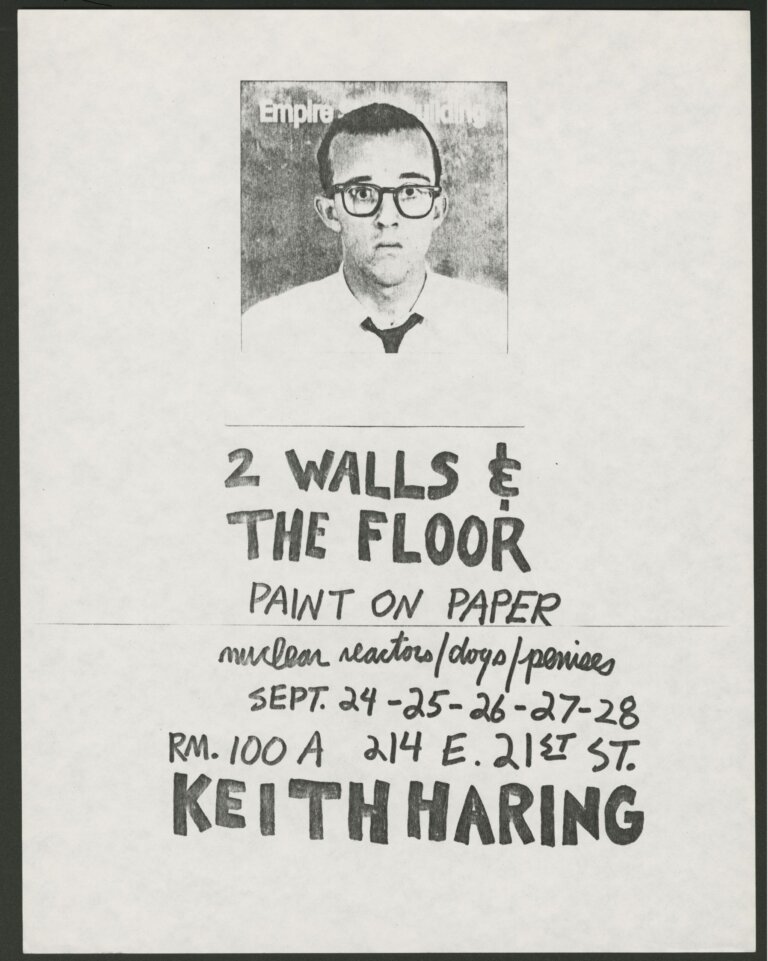
PS122
Haring shows at P.S. 122, another exhibition that features works by emerging artists from the downtown NYC scene.
SOHO
SoHo gallery debut with an immensely popular and highly acclaimed one-man exhibition at the Tony Shafrazi Gallery.

Bowery mural
Haring paints his famous mural on the corner of Houston and Bowery, in Manhattan.
Around the world
Haring's work is shown at the Whitney Biennial and around the world in Tokyo, Naples, Antwerp and London.
The mayor
Haring designs logos for posters, stickers, pins and television adverts for an anti-litter campaign that the New York City Dept of Sanitation organizes. NYC mayor Ed Koch thanks Haring publicly at the launch. Haring presents Koch his book "Art in Transit," which features photos of Haring’s subway drawings. Koch is a leading advocate against graffiti in the city.
City Kids
Working with youth organization City Kids, Haring paints a 10-story version of the Statue of Liberty with help of 900 children to celebrate the statue’s centenary year. Haring was inspired by children and was committed to working with them, collaborating on more than 27 projects with children between 1984 and 1989.
Berlin Wall
Haring paints on the Berlin Wall, using red, yellow and black paint, the colors of the German flag.
Pop Shop
The Pop Shop, a retail store in SoHo selling T-shirts, toys, posters, buttons and magnets bearing his images, opens.
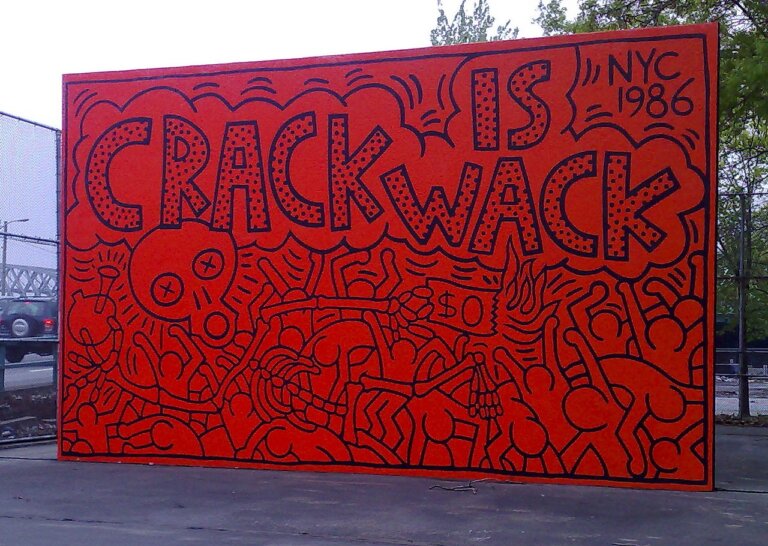
Crack is Wack
Haring paints a ‘Crack is Wack’ mural on New York’s FDR /Harlem River Drive without permission from the city. It’s painted over but later that year, he repaints it with permission. It is now a NYC landmark.
Andy Warhol dies
Andy Warhol dies. Keith attends his funeral on April 1.
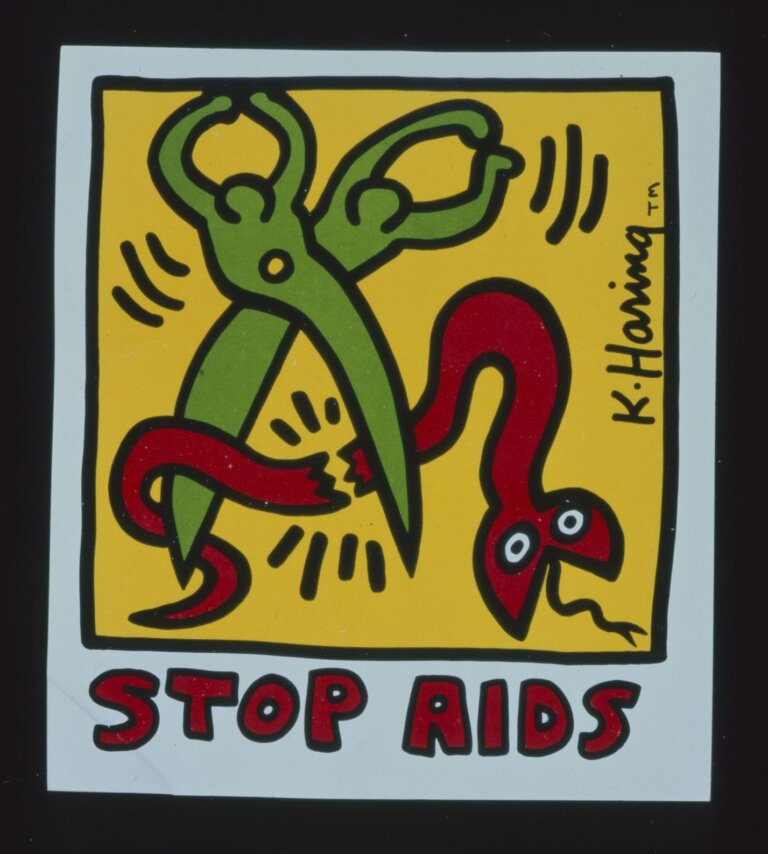
AIDS suspicion
In Belgium, Haring receives a call from a reporter asking him whether he has AIDS. He is shocked by this, and writes in his journal that he probably does have AIDS, and that art is more important than life.
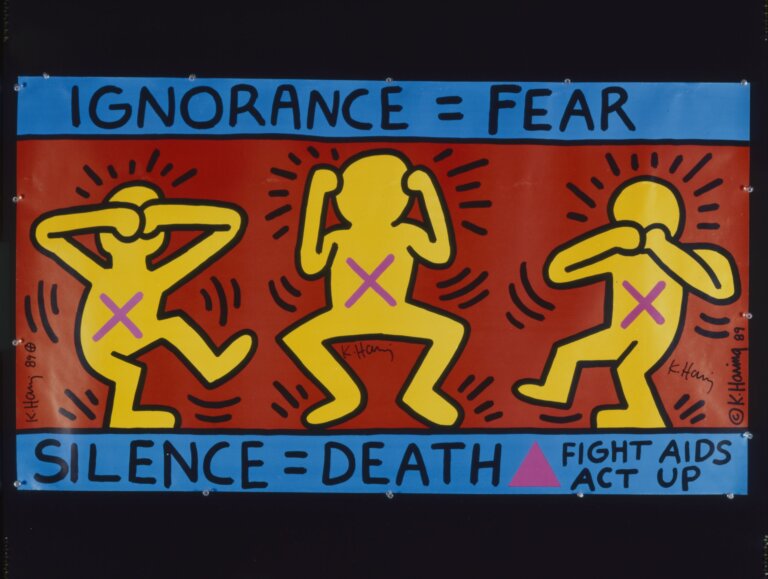
AIDS diagnosis
Haring is officially diagnosed with AIDS.
William Burroughs
Haring collaborates with his with hero William Burroughs on a print project called "Apocalypse," which consists of ten pages of Burroughs’ text along with ten images by Haring.
Haring Foundation
Keith establishes the Keith Haring Foundation to provide funding and imagery to AIDS organizations and children's programs.
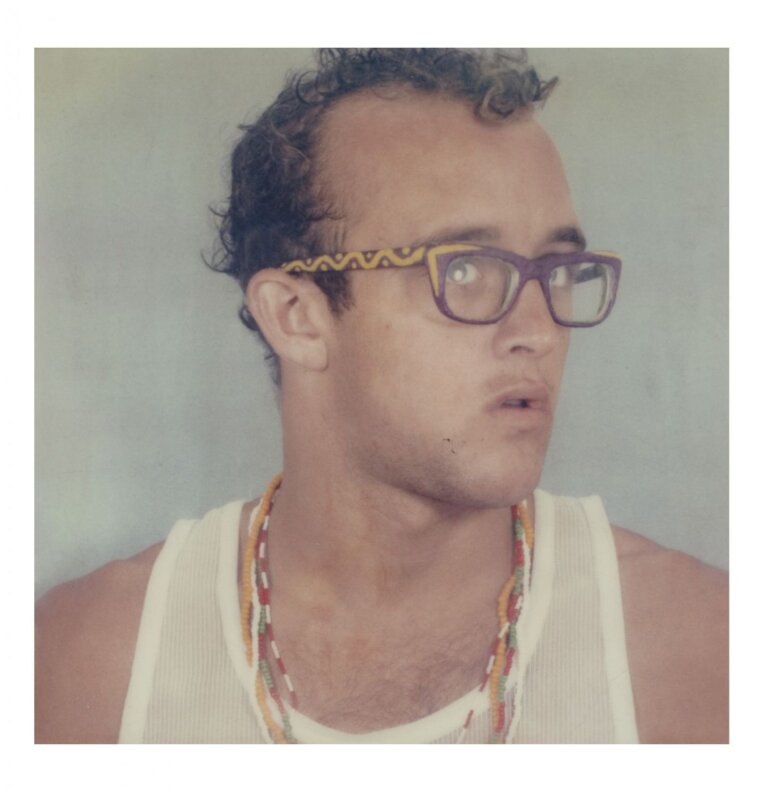
Haring dies
Haring dies of AIDS-related complications, aged 31.

